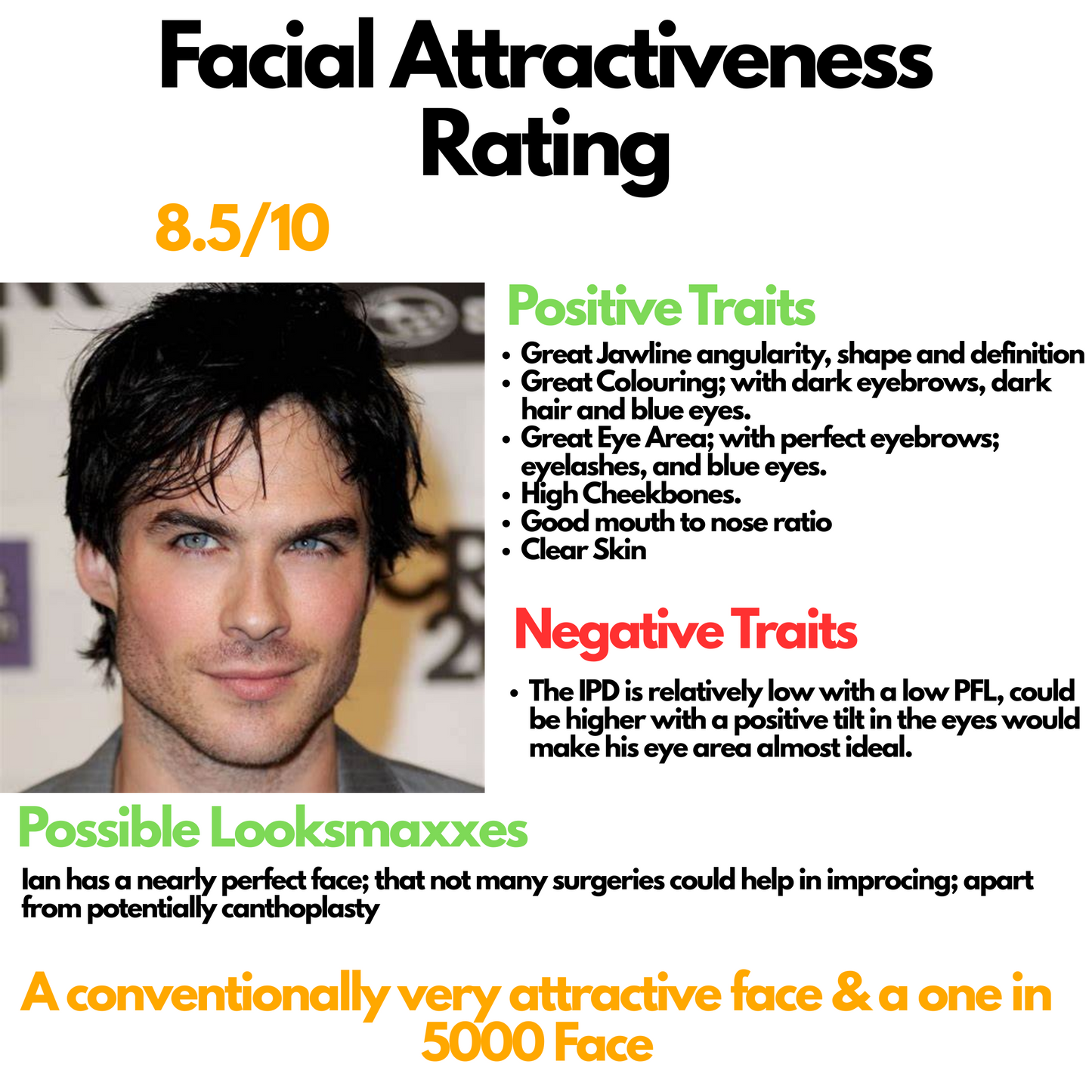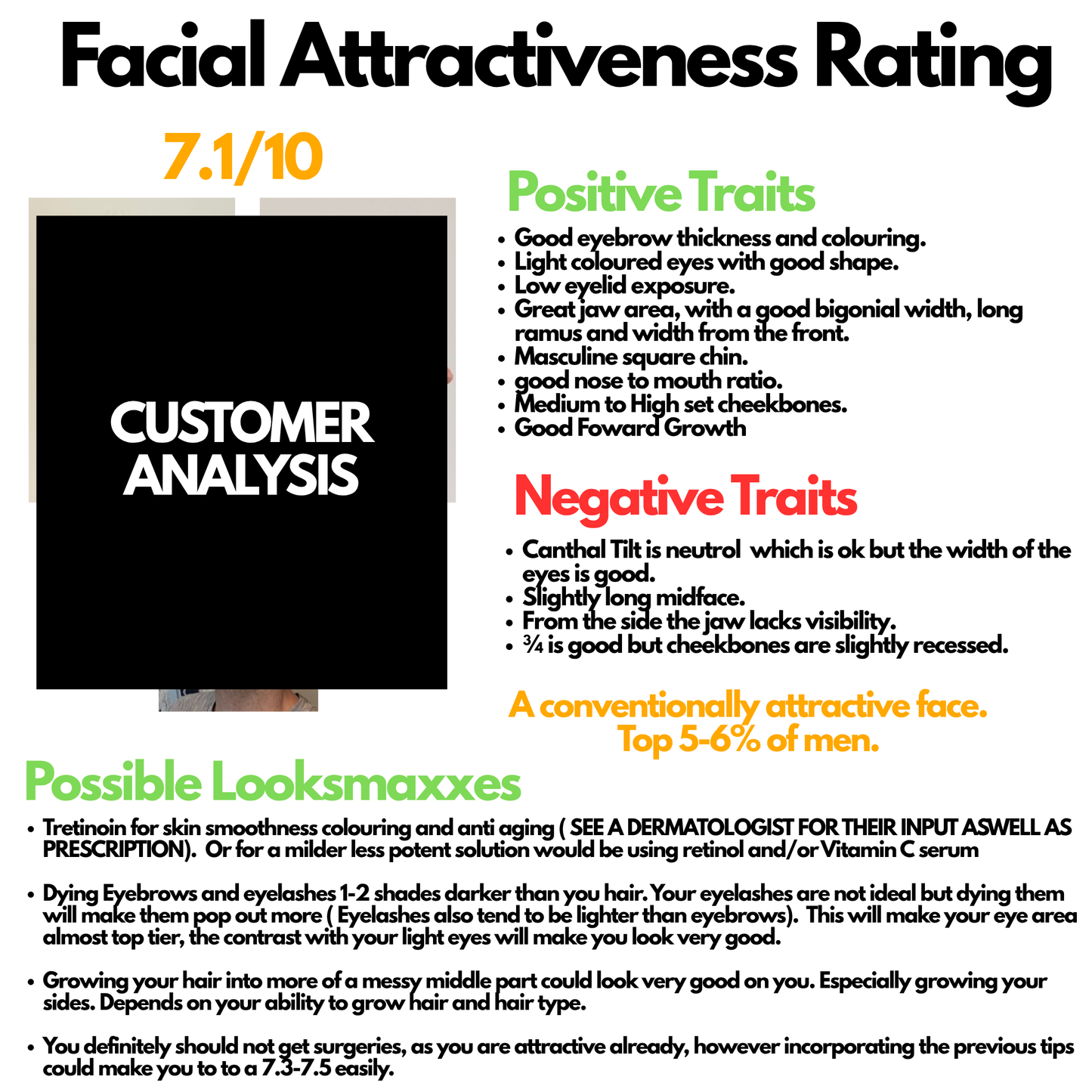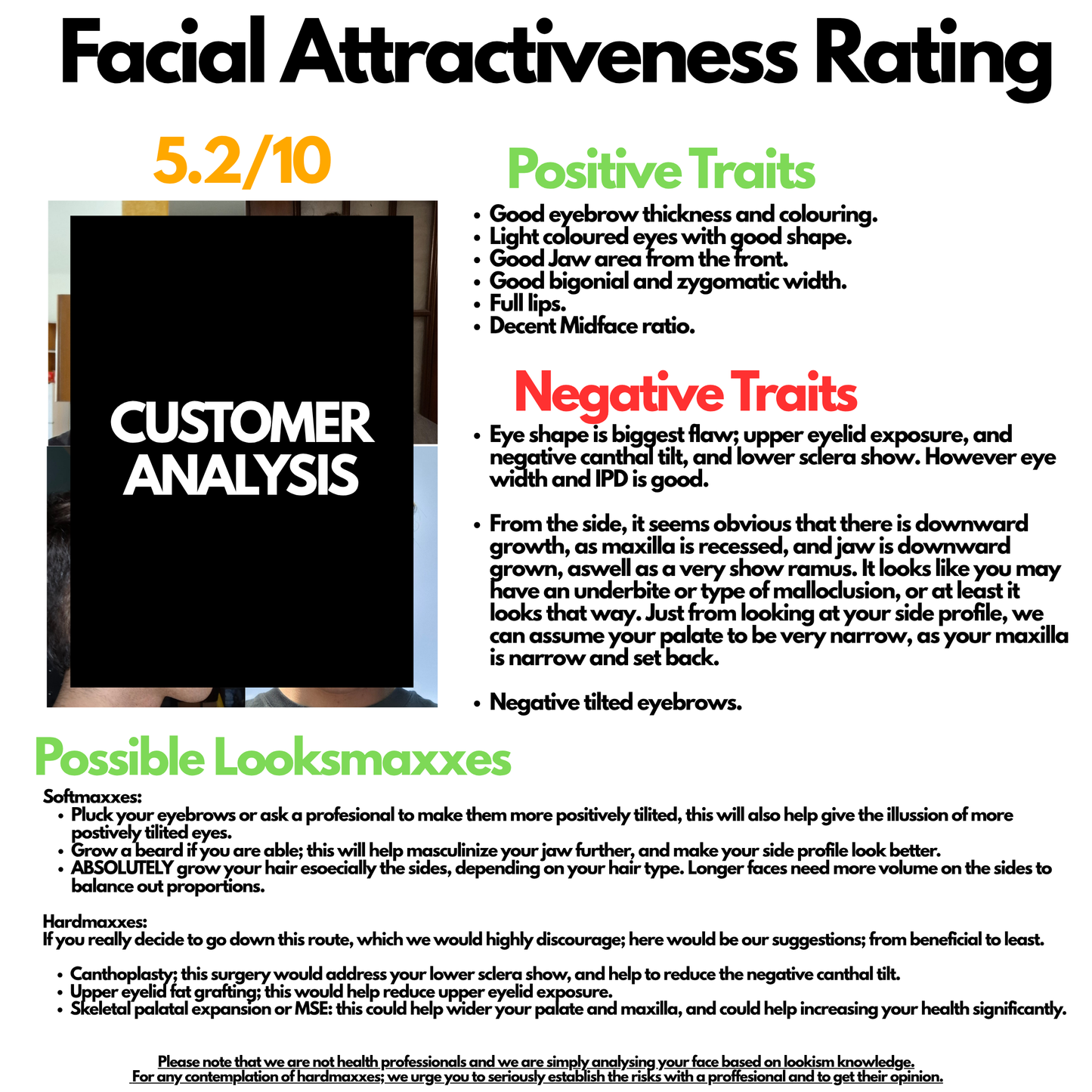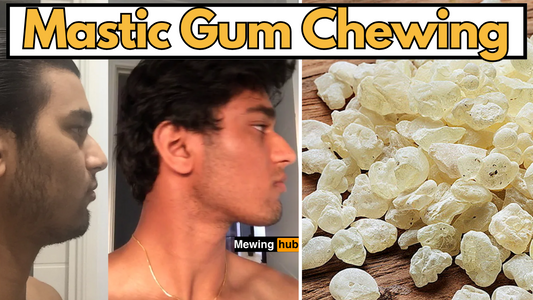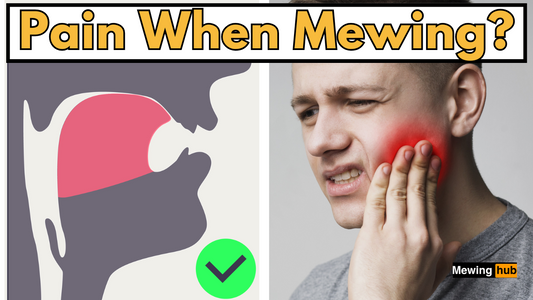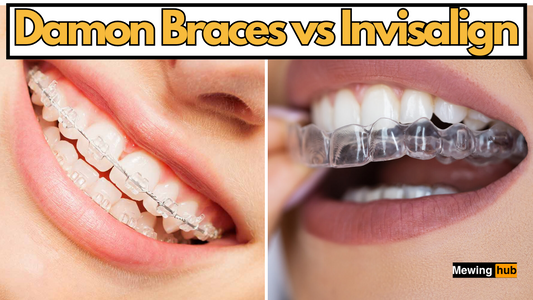In-Depth Analysis of a 3-Year Mewing Transformation: Before and After Results
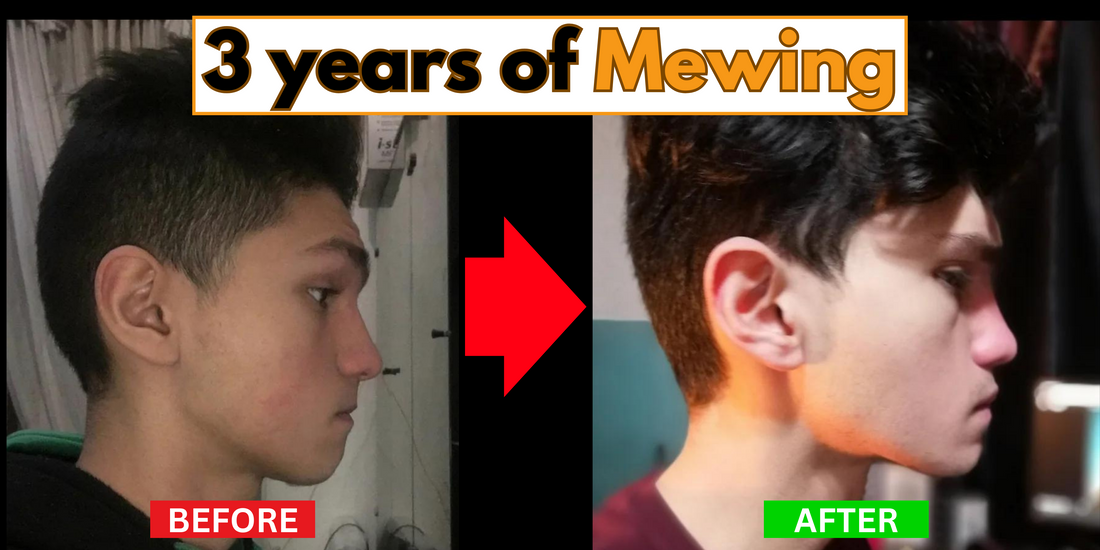
Share
This article delves into the remarkable three-year transformation of an individual practicing mewing. Through a detailed analysis of before-and-after images, we explore the changes in facial structure, including improvements in jawline definition, facial symmetry, and overall aesthetics.
The documented journey provides insights into how consistent mewing practice can potentially influence facial features over an extended period.
Observed Changes from Mewing

-
Jawline and Chin Definition: The comparison shows a more pronounced chin and a stronger, more defined jawline in the later image. There is a visible improvement in the contour and angularity of the lower jaw, contributing to a more defined profile.
-
Gonial Angle: The gonial angle, which is the angle formed by the junction of the lower back part of the jaw (mandible) and the upward part leading to the ear, appears to have become more pronounced and angular. This change suggests an adaptive remodeling of the jawbone in response to the consistent inward and upward force applied by proper tongue posture.
-
Facial Length and Symmetry: There is an elongation and improved symmetry in the facial structure, which indicates a harmonious development possibly influenced by balanced muscular forces on both sides of the face due to mewing.
-
Maxillary Projection: The forward movement of the maxilla is evident, with the cheekbones becoming more prominent, and the mid-face appearing more projected, giving the face a stronger three-dimensional appearance.
-
Nasal Profile: The side profile of the nose shows a more contoured appearance. While the nose itself has not been directly altered, the changes in the surrounding facial structures, particularly the maxilla, have influenced its presentation.
Learn more about mewing through our complete mewing guide.
Explanation of Changes Through Mewing

-
Jawline and Chin Definition: Mewing practices promote proper tongue posture, with the tongue placed against the roof of the mouth. This position may stimulate muscle engagement around the jaw and could influence the mandibular bone to remodel over time, resulting in a more defined jawline and chin.
-
Gonial Angle: The alteration in the gonial angle can be a response to the new forces exerted by the tongue and facial muscles due to mewing. The muscles attached around the gonial angle are engaged differently, potentially causing a change in the bone structure to create a sharper angle, which is often associated with a stronger, more aesthetically pleasing jawline.
-
Facial Length and Symmetry: The mewing technique encourages a balanced force across the facial structure, which can lead to a more symmetrical and proportionate growth pattern.
-
Maxillary Projection: Correct tongue posture can exert an upward and forward force on the maxilla. Over time, this may encourage forward growth, enhancing the projection of the cheekbones and altering the maxillary angle.
Conclusion
The individual’s dedication to mewing has resulted in significant and visually evident changes to his facial structure. The transformation over these three years underlines the potential of mewing as a non-invasive technique to influence facial aesthetics. This case study, as shared by the Reddit user, offers valuable insights and serves as a motivational journey for those considering or currently practicing mewing. For further insight and to view the original transformation, the community is encouraged to visit the Reddit post.
It's essential to note that while such transformations are documented by individuals, results can vary widely, and the scientific community continues to research the long-term effects and efficacy of mewing.




